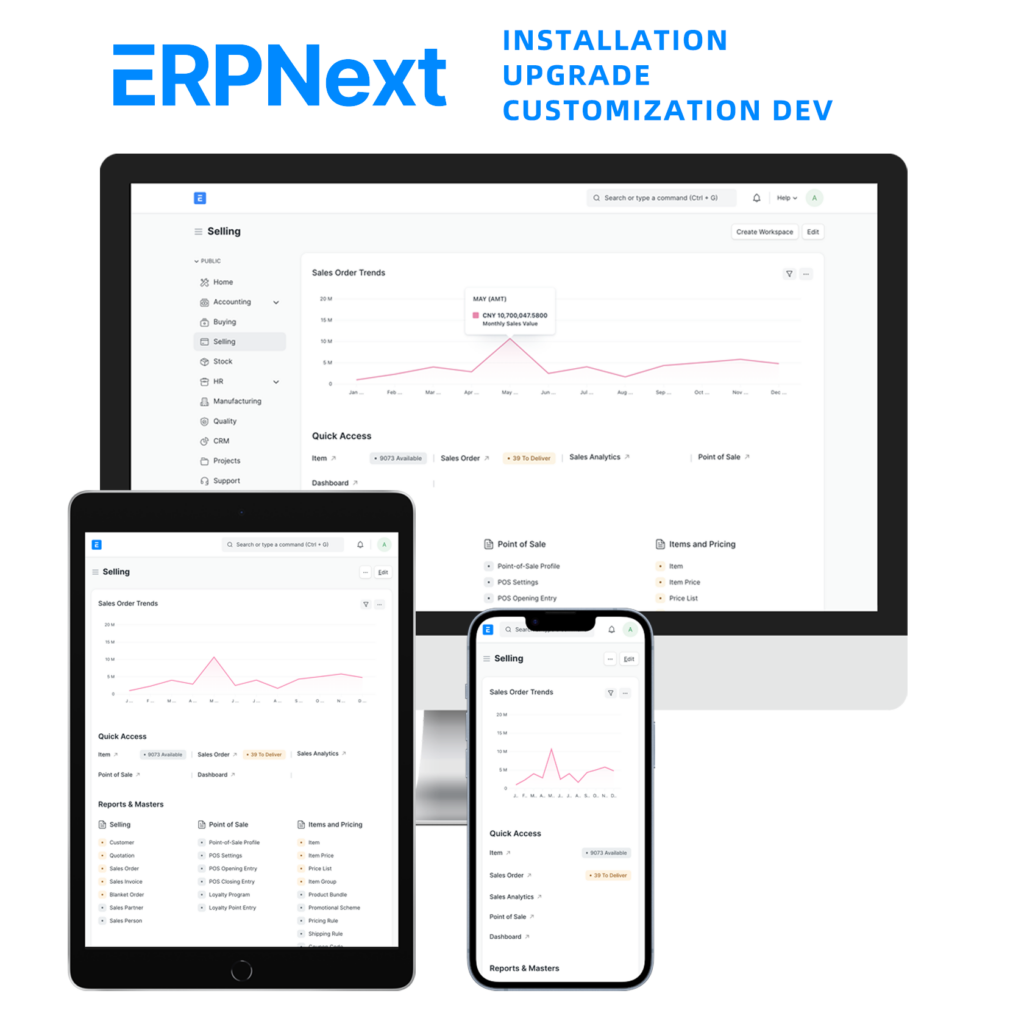In manufacturing, a BOM (Bill of Materials) is like the “recipe” for making a product. It tells the factory what materials are needed, how to assemble them, and which processes to follow.

Many factory owners often hear terms like Single-level BOM, Multi-level BOM, Process BOM, Virtual BOM, and even Make-to-Order BOM—but the more they hear, the more confused they get.
Today, using a real case from a smartwatch factory, let’s break down these six BOM models in simple terms so you’ll never get lost again.
1. Single-level BOM: The simplest “recipe”
For a smartwatch, a single-level BOM directly lists all components: screen, battery, motherboard, strap, etc.
It’s like a recipe for fried rice: rice, eggs, scallions, oil—clear and simple.
Best for: Products with simple structures and straightforward assembly.
2. Multi-level BOM: A step-by-step “recipe”
If the smartwatch motherboard itself needs to be assembled with chips, resistors, and capacitors before being combined with the screen and battery, then you need a multi-level BOM.
Benefit: Shows product hierarchy clearly, making production planning easier.
3. Process BOM: Managing materials
and
processes
A Process BOM not only lists materials but also details the production steps and timing.
For example: motherboard soldering → testing → assembly → aging test → final assembly.
Best for: Factories with complex production processes that need process control.
4. Virtual BOM: A “recipe” for temporary orders
Sometimes a factory doesn’t want to create a formal BOM for every part. A virtual BOM lets them quickly combine components for a temporary or sample production run.
Feature: Flexible and time-saving, great for prototypes or small orders.
5. Make-to-Order BOM: One order, one recipe
The factory produces exactly what the customer orders, and the BOM changes accordingly.
Best for: Customized production, like special strap colors or unique smartwatch functions.
6. Make-to-Stock BOM: Preparing materials in advance
The factory prepares materials and BOMs based on forecasted sales, so they can start production as soon as orders come in.
Best for: Standardized, high-volume products.
Case Summary:
In this smartwatch factory:
- Virtual BOM is used for prototypes,
- Multi-level BOM for mass production,
- Make-to-Order BOM for custom orders,
- and Process BOM for the complex motherboard section.
By flexibly combining these six BOM models, the factory boosts production efficiency while meeting customer needs for customization.